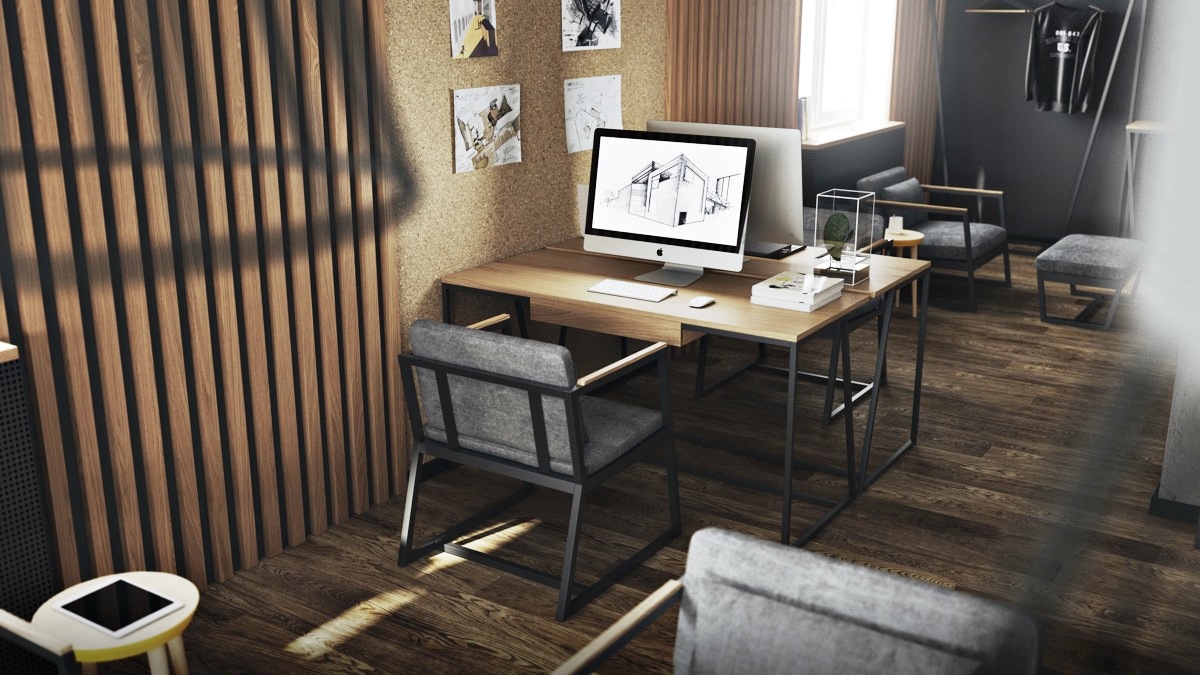

Like any device that handles digital information, routers have their own operating system, called “firmware,” that controls their functionality.

While your home is identified by a single IP address so far as the outside Internet is concerned, your router actually assigns a private IP address to every device on your network - effectively creating a “mini Internet” within your house.Įverything in this guide is related to arranging and optimizing your self-contained LAN network. The cables in this port connect devices to each other, with your router as the central point.

Look on the back of your router, and you’ll see two types of plug-in: “WAN” and “LAN.” (As opposed to the “wide” network of connected devices comprising the Internet at large.) The back of your router should look something like this. There are dozens of individual internet providers in any given city (There are 22 ISPs in Dallas alone, for example), and your traffic may touch any number of them as it passes between your LAN and the server providing content.įor the purposes of home networking, only one network matters: the “local” network of connected devices in your house. It sounds complex because, honestly, it is. You may have heard the term “network of networks” used to describe the Internet.


 0 kommentar(er)
0 kommentar(er)
